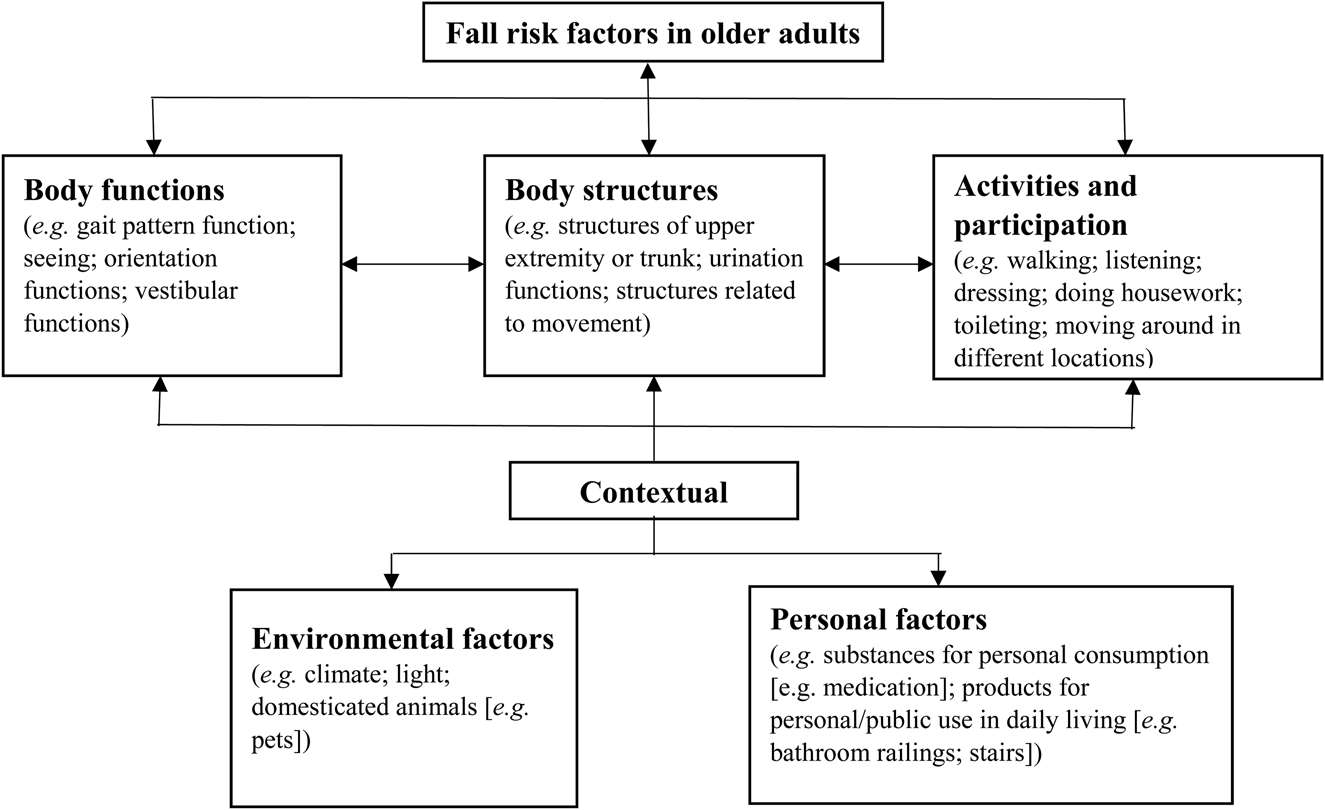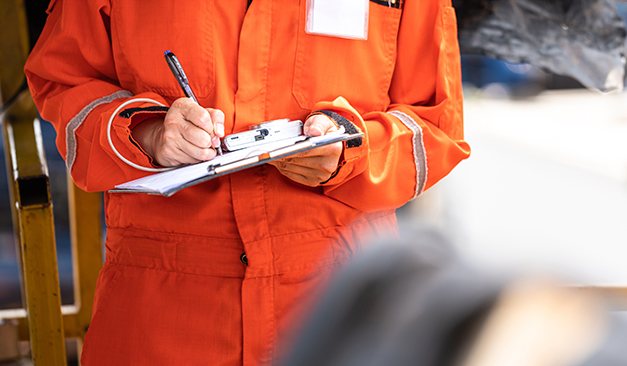The 10-Second Trick For Dementia Fall Risk
The 10-Second Trick For Dementia Fall Risk
Blog Article
Not known Details About Dementia Fall Risk
Table of ContentsA Biased View of Dementia Fall RiskAn Unbiased View of Dementia Fall RiskRumored Buzz on Dementia Fall RiskAbout Dementia Fall Risk
An autumn danger evaluation checks to see just how likely it is that you will fall. It is mainly provided for older adults. The analysis normally includes: This consists of a collection of questions concerning your total health and if you've had previous falls or issues with equilibrium, standing, and/or strolling. These tools test your toughness, balance, and stride (the way you stroll).Treatments are referrals that may reduce your danger of dropping. STEADI includes three actions: you for your threat of dropping for your danger elements that can be improved to try to stop falls (for instance, balance problems, damaged vision) to reduce your threat of dropping by utilizing reliable techniques (for instance, offering education and learning and resources), you may be asked a number of concerns including: Have you fallen in the previous year? Are you fretted about falling?
If it takes you 12 secs or even more, it might mean you are at higher danger for a loss. This test checks stamina and equilibrium.
The settings will certainly obtain tougher as you go. Stand with your feet side-by-side. Relocate one foot halfway forward, so the instep is touching the huge toe of your various other foot. Relocate one foot completely before the other, so the toes are touching the heel of your various other foot.
Some Of Dementia Fall Risk
The majority of drops take place as a result of multiple contributing aspects; for that reason, taking care of the risk of dropping starts with identifying the aspects that contribute to drop threat - Dementia Fall Risk. Several of one of the most appropriate threat elements consist of: History of previous fallsChronic clinical conditionsAcute illnessImpaired gait and equilibrium, reduced extremity weaknessCognitive impairmentChanges in visionCertain risky drugs and polypharmacyEnvironmental factors can additionally increase the risk for falls, including: Inadequate lightingUneven or damaged flooringWet or slippery floorsMissing or damaged hand rails and get hold of barsDamaged or poorly equipped equipment, such as beds, mobility devices, or walkersImproper use assistive devicesInadequate guidance of individuals residing in the NF, consisting of those that show hostile behaviorsA successful fall risk administration program requires an extensive medical evaluation, with input from all members of the interdisciplinary group

The care strategy must also consist of interventions that are system-based, such as those that advertise a safe atmosphere (ideal illumination, hand rails, get hold of bars, and so on). The efficiency of the treatments should be evaluated periodically, and the treatment strategy modified as essential to show adjustments in the autumn threat analysis. Carrying out an autumn threat management system using evidence-based finest technique can minimize the frequency of drops in the NF, while restricting the potential for fall-related injuries.
Dementia Fall Risk Fundamentals Explained
The AGS/BGS standard recommends screening all adults aged 65 years and older for fall danger every year. This testing includes asking patients whether they have actually fallen 2 or even more times in the previous year or sought clinical focus for a fall, or, if they have not fallen, whether they feel unsteady when strolling.
People who have actually dropped when without injury should have their balance and stride examined; those with gait or equilibrium abnormalities must obtain additional analysis. A history of 1 fall without injury and directory without stride visit the website or balance issues does not call for further assessment past ongoing yearly loss risk screening. Dementia Fall Risk. An autumn risk analysis is called for as part of the Welcome to Medicare examination

The Ultimate Guide To Dementia Fall Risk
Documenting a falls history is one of the high quality indications for autumn prevention and administration. An important component of danger assessment is a medication evaluation. Several courses of drugs raise fall threat (Table 2). copyright medicines specifically are independent forecasters of falls. These medications often tend to be sedating, modify the sensorium, and harm equilibrium and gait.
Postural hypotension can typically be alleviated by decreasing the dose of blood pressurelowering drugs and/or quiting drugs that have orthostatic hypotension as an adverse effects. Use above-the-knee assistance tube and copulating the head of the bed elevated might also reduce postural reductions in high blood pressure. The preferred components of a fall-focused checkup are displayed in Box 1.

A Yank time better than or equal to 12 seconds suggests high fall threat. Being unable to stand up from a chair of knee height without using one's arms shows raised autumn risk.
Report this page